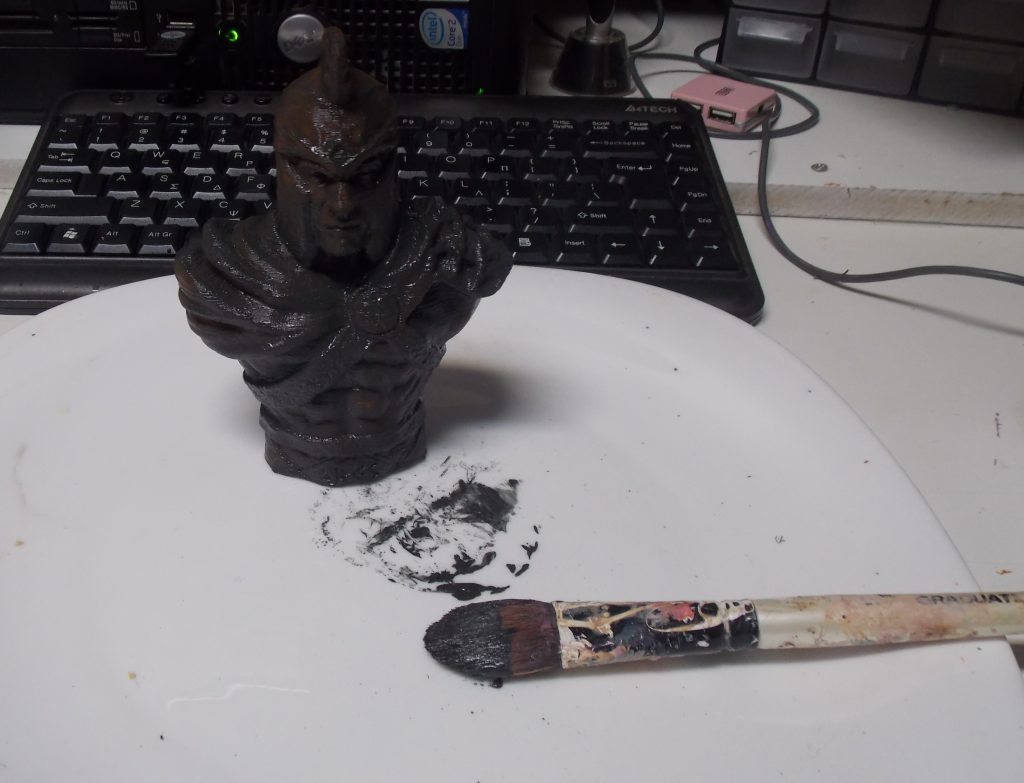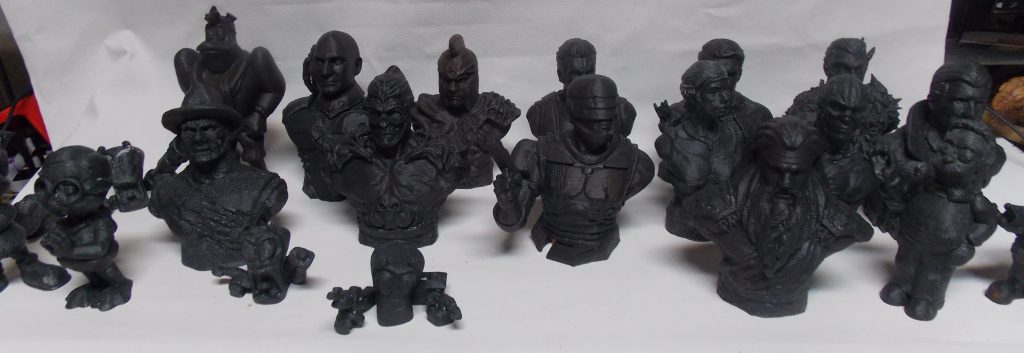This tutorial will present an easy way to use craft acrylic paints for your miniature figures painting projects.
Craft paints are called this way because these are more suitable for craft projects rather than painting. Many of you may have acquired such paint and soonly discovered that some of their properties make painting with them more difficult than actual acrylics.
The main reason for this are the following:
In most of the cases craft paints are not marked based on their pigment but rather have generic colors such as bright red, rose, pink, dark green, etc. This means that you cannot use your experience on color mixing when using these paints because you don’t know how the pigments will interact. Furthermore, this also means that lower quality pigments are used or imitation of pigments to make such paints cheaper.
Another issue you will notice is the coverage that this colour offers which in most of the cases are poor due to the less pigment consistency. Fewer pigments result in cheaper paints. Thus you will probably have to overlay several layers of colours in order to cover a region of your miniature.
So as a result of the aforementioned issues you will probably end up having several craft paints and not an actual use for them. Well, this tutorial may be a solution to your problem.
I will start by just one single definition of the term chromatic greys. Chromatic greys in painting, are those that are generated by mixing colour together and not mixing neutrals (i.e. black and white). You probably have over-mixed paints in the past and resulted in a muddy colour. So we will use our mud for underpainting models. The idea is that in most of the cases you will need a neutral base for all your models. Such a base allows you to understand colour better and furthermore it allows you to remove the filament colour from your model. This practically means that when painting you might end up with layers close to each other that are not entirely covered. In the intersections of these layers, the filament colour will stand out. Well, you need this colour to be neutral in order not to stand out and show the deficiencies in your painting process. On the contrary, a neutral base will hide the deficiencies acting as a shadow colour.
So lets get started for this project you will need all the craft paints you have an empty container and a mixing spatula.
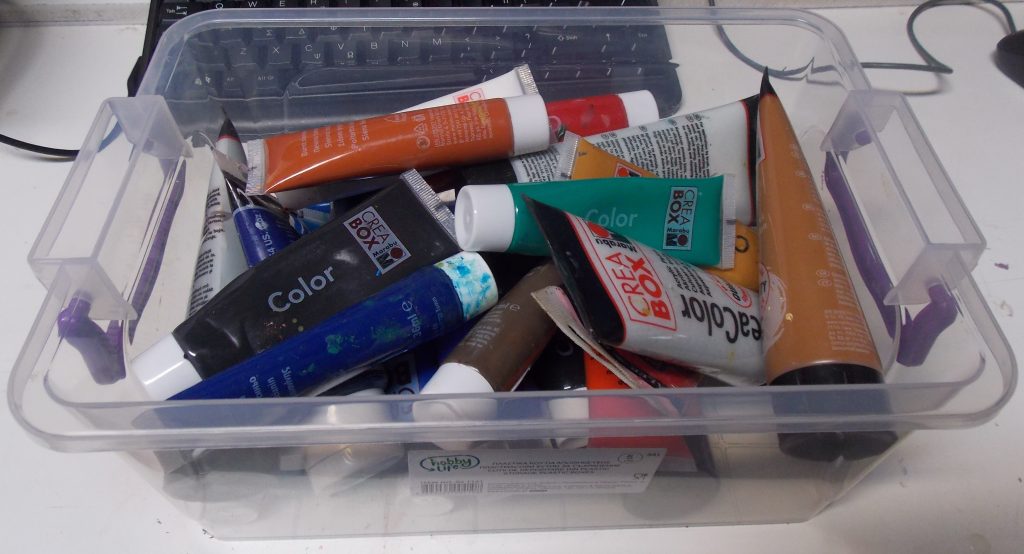
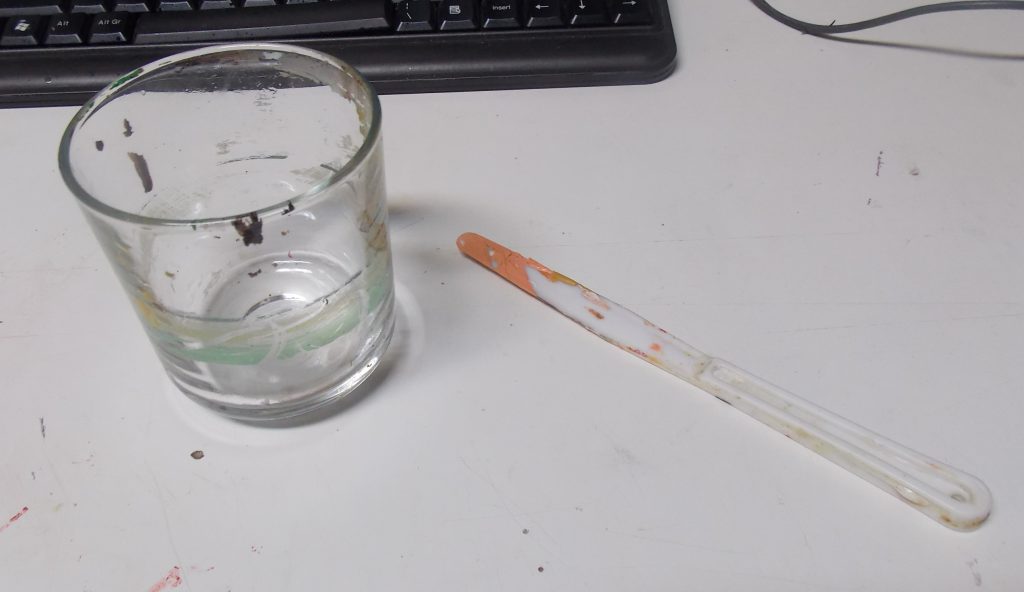
The process is rather simple you are adding random color to the mixing bowl and mix them with only one thing in mind. Blues are stronger than reds and light yellows will lighten the mixture. So a preference of a well-balanced combination of reds and blues and all the earth colors are welcomed.

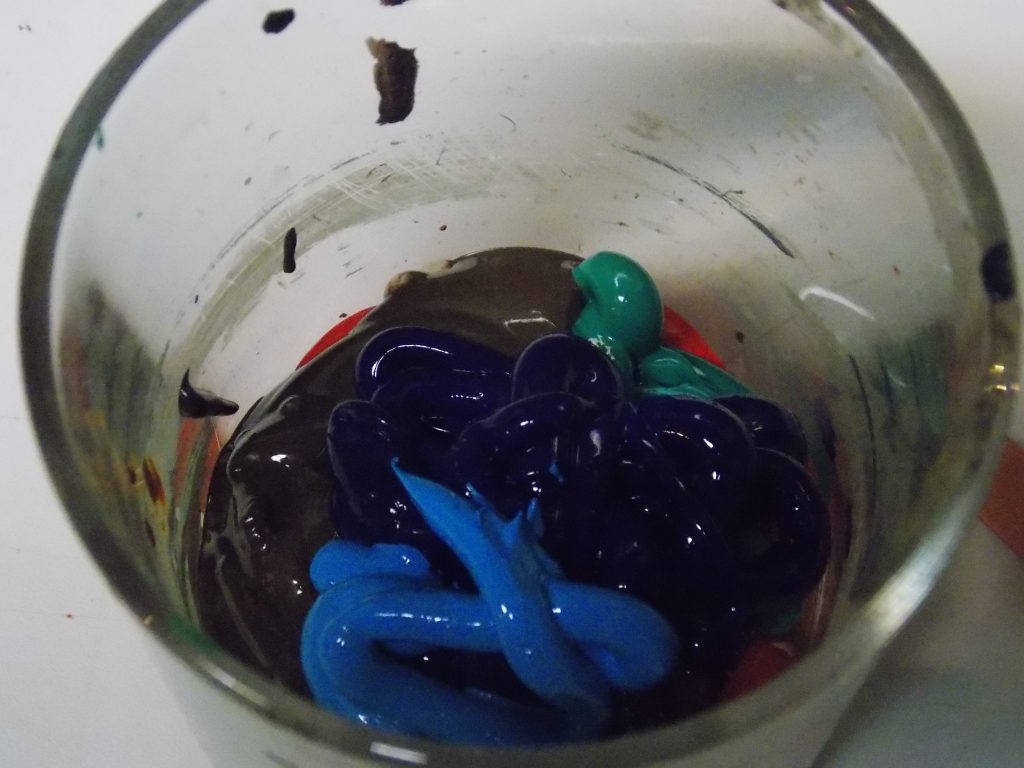
The result of this color mixing will be a very dark blackish color and this will be the base of your chromatic grey. You can then lighten the final mixture by adding some white and you have your chromatic grey!
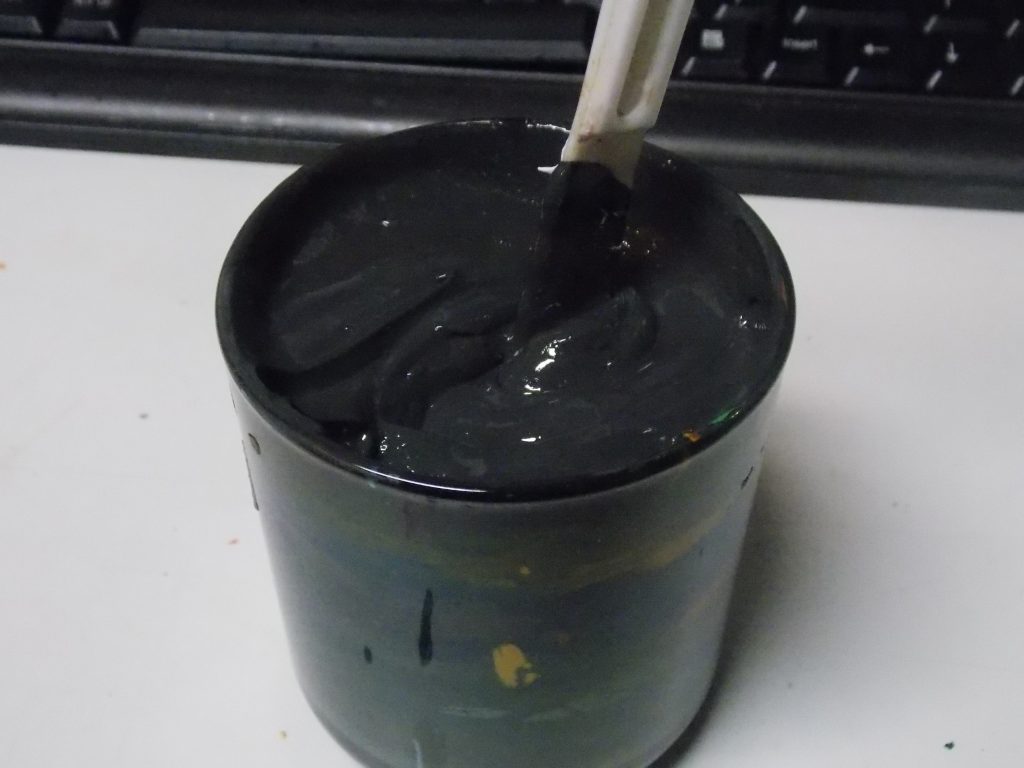

As you see this is a huge amount of paint I made so how do you store it? I’m using plastic paint containers to stock paint in and I’m mixing only when I have a lot of models to under-paint.
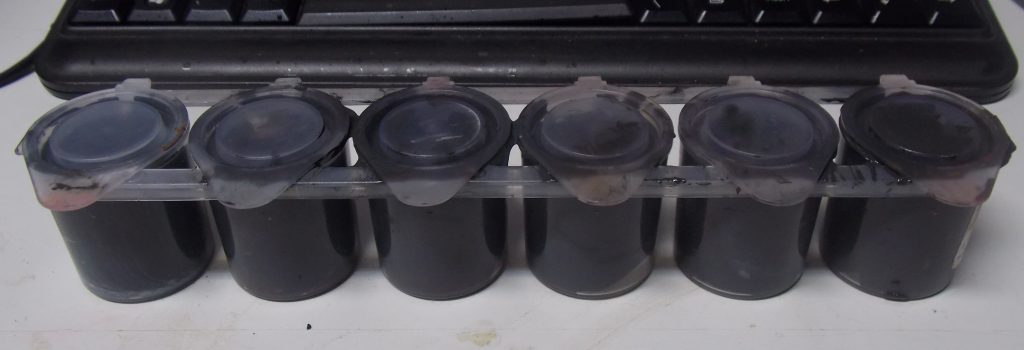
After mixing this neutral color I painting a stock of figures that I have printed to see its coverage and consistency and it worked perfectly!
